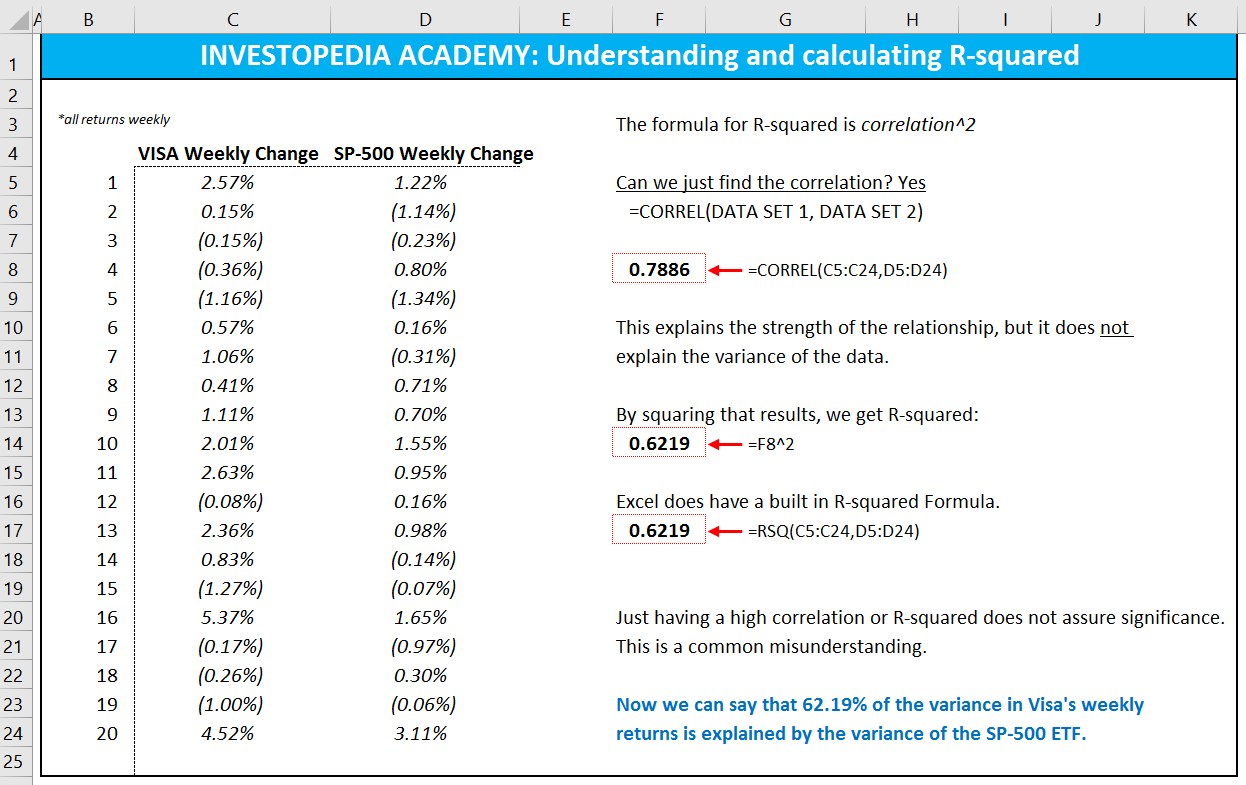They may also pursue certifications to demonstrate they have the expertise required to serve their clients. As a business owner, you can accomplish these tasks with bookkeeping software, or you can hire a bookkeeper to do them for you. Simply put, bookkeeping is more administrative and concerned with accurately recording financial transactions. Their bookkeeping offerings consist of a software platform that you connect your accounts to, with either Live Assisted or Full-Service Bookkeeping. With Live Assisted, you’ll be able to connect with a bookkeeper to ask questions and receive guidance on how to do your books yourself.
For small businesses
- Today, we’ll go over the differences between bookkeeping and accounting so that you can figure out how to allocate resources effectively.
- A bookkeeper manages the increased volume of transactions and ensures your financial records scale with your business.
- As a bookkeeper, your attention to detail must be almost preternatural.
- Accounting and bookkeeping are 2 vastly different professions despite the similarities and blurring of roles.
These are key skills for bookkeepers, so if you’re not a fan of math at all, it may not be the best career path. They look at all of the financial details of a company so they can make larger decisions about how the business operates. Forensic accounting combines auditing, accounting, and investigative skills to evaluate a businesses finances and determine any instances of fraud.
As you’re planning your budget for the following year, your accountant will be compound interest savings account the one who can provide analysis and suggestions to ensure your company is in the best fiscal shape to succeed. And, of course, all companies need to file taxes, which can become extremely complicated as your business grows. A trusted accountant can help guide you through that process and help handle any audits that may arise.
Can a bookkeeper prepare financial statements?
Bookkeeping is the process of recording daily transactions in a consistent way, and is a key component to gathering the financial information needed to run a successful business. If you need an extra hand, you can also work with a team of QuickBooks-certified bookkeepers to help you manage and maintain your books virtually. They can help you keep past books up-to-date and take everyday bookkeeping tasks off your plate so you can when do intangible assets appear on the balance sheet focus on your business.
They lay the foundation for accountants by recording financial transactions. Once the first leg of the race is finished, they hand the baton—the financial information contained in ledgers and journals—to accountants to complete the race. That’s why it’s so important to understand the nuances between bookkeeping and accounting. Both of these aspects of your business are crucial for financial management and decision-making. Today, we’ll go over the differences between bookkeeping and accounting so that you can figure out how to allocate resources effectively.
What Does an Accountant Do?
You might start your business by handling accounting tasks yourself, then decide to hand off the day-to-day transaction input to a bookkeeper as you grow. While there are certain similarities and overlaps between the two, there are distinctions that set these two roles apart. Bookkeepers don’t necessarily need higher education in order to work in their field while accountants can be more specialized in their training. Depending on the city, job, and company, you can expect to earn between $64,000 and $115,000 as an accountant in 2024, with the lower salaries typical for accountants just starting out in their careers. With the right tools on your team, bookkeepers and accountants alike can streamline their workflows, reduce the risk of errors, and focus on providing more value to your business. However, when it comes to more complex financial reporting and analysis, an accountant’s expertise is typically required.
They use this data to prepare financial statements, such as income statements, balance is cash a current asset sheets, and cash flow statements. These statements provide a comprehensive picture of a company’s financial health, profitability, and overall performance over a specific period. Accountants don’t just present the data; they interpret it, identifying trends, potential problems, and growth opportunities. Bookkeeping and accounting are crucial for businesses to maintain financial records and make informed decisions. Bookkeeping involves recording financial transactions, while accounting interprets, analyzes, and reports these transactions. Bookkeeping is the foundation of accounting, focusing on day-to-day activities, while accounting has a broader scope and prepares financial statements.
Bookkeepers and accountants are both critical for the financial health of a company. If you’re not tracking daily expenses, you’ll have very little information to give to your accountant and they won’t be able to make informed decisions. If you’re only focusing on expenses and not big-picture financial data, you’ll miss out on some strategic opportunities. Bookkeeping is the systematic process of recording and organizing a company’s finances. It involves maintaining accurate records of income, expenses, assets, and liabilities, ensuring that a business’s financial data is up-to-date.









